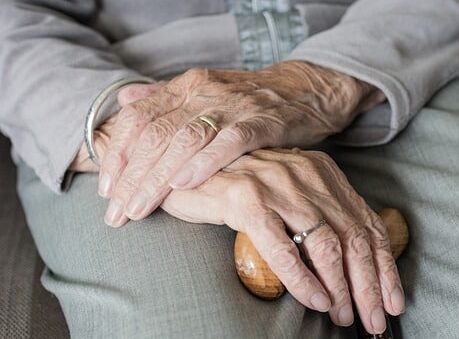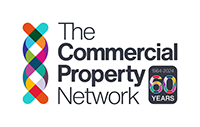How to Value a Trading Care Home
A care home is a residential facility that provides accommodation and personal care for elderly or disabled people who need assistance with daily living activities. A trading care home is the physical assets that operates as a business, generating income from fees charged to residents or their funders, such as the local authority, the NHS, or private payers.
The valuation is a complex and specialised task that requires the application of appropriate methods and assumptions, taking into account the physical, functional, and economic characteristics of the property and the business. The valuation is important for various purposes, such as buying or selling, financing, taxation, accounting, or litigation.
There are different approaches to valuing a care home, depending on the purpose and perspective of the valuation. However, the most common and widely accepted approach is the income approach, which is based on the principle that the value of a property and going concern of the business is equal to the present value of the future income stream that it can generate.
The income approach involves the following steps:
- Estimating the net operating income (NOI) of the trading care home, which is the income from fees and other sources, less the operating expenses and any non-property related costs, such as wages, utilities, supplies, and maintenance. The NOI reflects the profitability and performance of the trading care home as a business, and can be calculated by using historical financial statements, industry benchmarks, or market evidence.
- Applying a capitalisation rate (cap rate) to the NOI, to obtain the capital value of the trading care home. The cap rate is the rate of return that an investor would expect to receive from investing in a similar trading care home, and reflects the risk and opportunity of the investment. The cap rate can be derived by using comparable sales of trading care homes, market surveys, or investor surveys.
- Adjusting the capital value for any surplus or deficit land, fixtures and fittings, goodwill, or other intangible assets or liabilities that are not reflected in the NOI or the cap rate. These adjustments may be positive or negative, depending on whether they add or subtract value from the trading care home.
The income approach can be illustrated by using a simple example. Suppose a trading care home has an NOI of £200,000 per year, and a cap rate of 10%. The capital value of the trading care home can be calculated by dividing the NOI by the cap rate, as follows:
Capital value = NOI / cap rate Capital value = £200,000 / 0.10 Capital value = £2,000,000
This means that the trading care home is worth £2,000,000, based on its income-generating potential. However, this value may need to be adjusted for any other factors that affect the value of the trading care home, such as the condition of the property, the occupancy rate, the quality of care, the location, the competition, the regulation, or the market demand.
The valuation of a trading care home is a challenging and dynamic process that requires the application of professional judgement and expertise, as well as the adherence to the relevant standards and regulations. The valuation should be performed by a qualified and experienced valuer, who should document the methods, assumptions, and sources that are used in the valuation, and provide a clear and concise report that explains the rationale and the results of the valuation.
Vickery Holman are highly experienced in the care home sector, and have the largest team of RICS Registered Valuers in the South West. Please talk to us about valuation of your commercial property or land.





